Where Joan lived during the last five years of her life is unknown, she may have lived at Castle Rising, one of her mother's properties however by 1358 she was living with her mother at Hertford Castle. I wonder what these two women talked of during their time together? Did they discuss the subject of living with men they cared little for or Joan's time as Queen of the Scots or maybe Isabella's affair with Roger Mortimer?
Oh to be a fly on the wall!
By the summer of 1358, Joan was caring for her dying mother who succumbed to death that year. Joan continued to live at Hertford Castle until her own death from the black plague in 1362.
She was buried in Christ Church Greyfriars, London. Her tomb no longer exists.


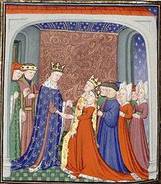
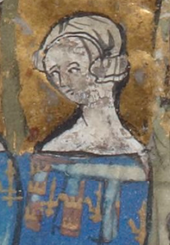
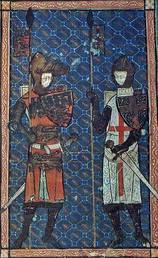
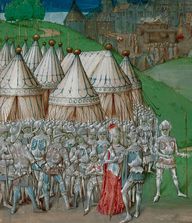

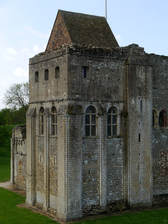
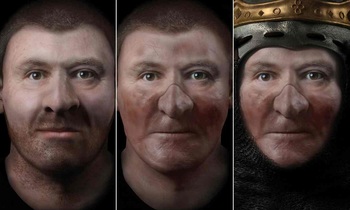
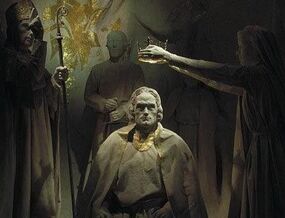


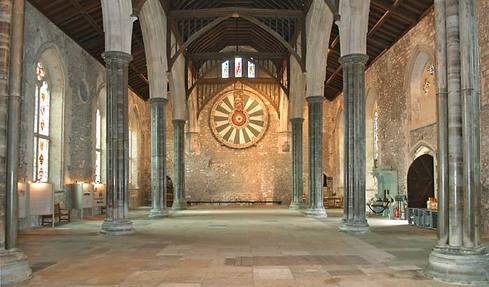
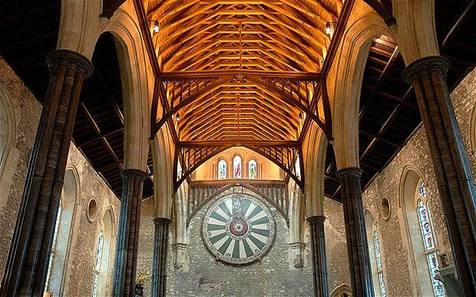
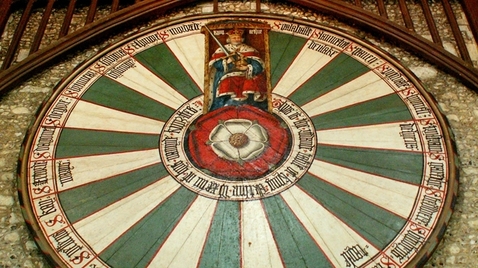

 RSS Feed
RSS Feed
